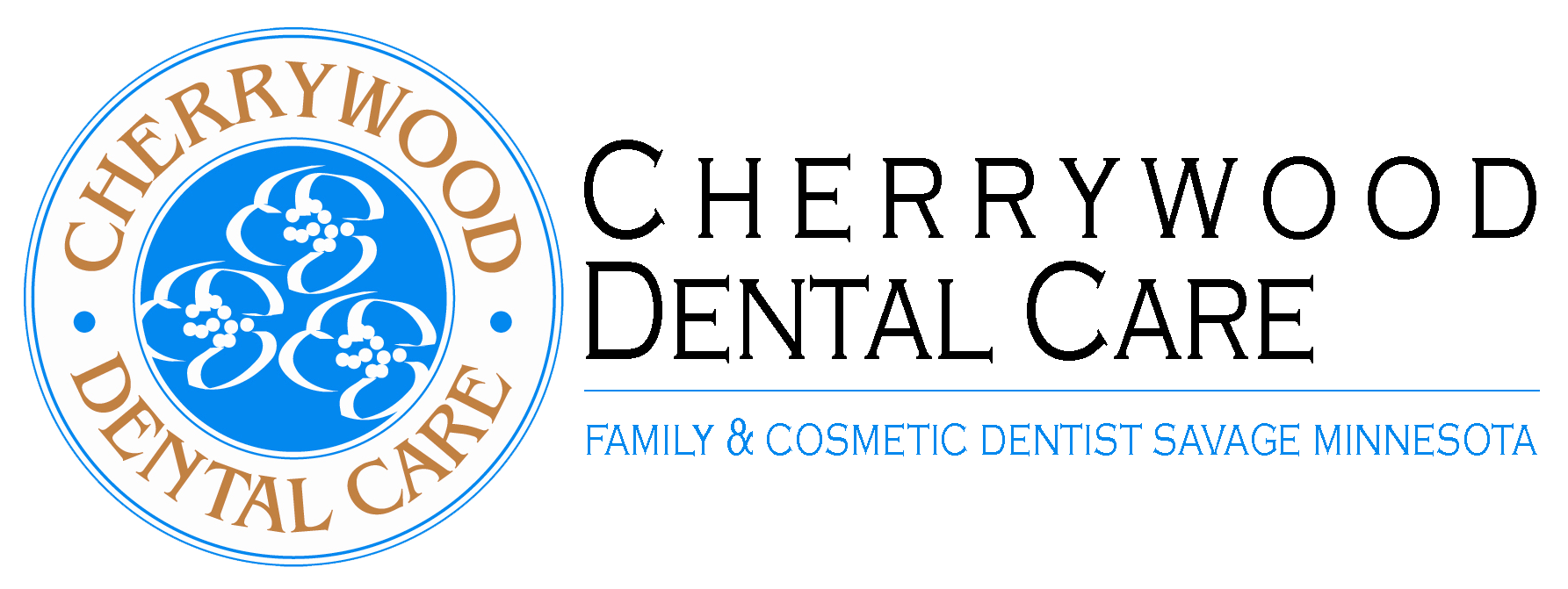What is Dental Bonding?
Dental bonding savage mn is a very common procedure used to restore a decayed or chipped tooth. Bonding can also be used to fill excessive space between two teeth. A composite resin material is tinted to match your natural tooth color then applied to the affected area. It is incredibly strong and can last for decades.
What is bonding used for?
When you are diagnosed with a cavity, it means you have decay in a tooth. It is important to remove the decay and repair the area before the decay can spread. Catching as soon as possible is crucial to its treatment. If your dentist is able to, dental bonding can be used to fix the tooth. If the damage is extensive, you may need a crown.
Often patients to not like the shape of their teeth and bonding can be a way to fix that which is both less invasive and less costly than a veneer.
Bonding is also a great option if you suffer from gum recession. The bonding material can be tinted to match your gums just as it can to match a tooth. Applying the material over exposed roots can greatly increase your day to day comfort.
How Bonding is Done
If you are receiving bonding to fix a cavity, you will likely require local anesthetic. After you are sufficiently numb, your dentist will remove the decay and infection in the tooth using a drill. Once the decay is removed, your dentist will determine what shade to tint the composite so that it will perfectly match your tooth. If you are getting bonding for aesthetic purposes, the surface of the tooth is etched to make it rough so the composite adheres properly.
The material is applied to the tooth to fill the now vacant area and is cured with an ultraviolet light. It is then sanded down to make sure your bite is still perfect and the shape is exactly when you are looking for. The tooth is then polished to match the rest of the tooth or neighboring teeth.
Depending on the extent of treatment, bonding can usually be done within 30 minutes to an hour per tooth.
Risks of Dental Bonding
The composite material used for dental bonding is not porcelain like a crown or veneer would be so keep in mind that it is susceptible to staining and chipping. It is strong so if properly cared for and managed, bonding can last for years.
Make sure to continue regular visits to your dentist and call to schedule an appointment as soon as you notice a chip or sharp edge. These will only get worse so make sure to have them repaired as soon as you can.
There is no guarantee on the life of dental bonding but if you use your teeth as teeth and not tools, you can make sure your investment lasts as long as possible!
More on Dental Bonding : Difference Between Bonding and Veneers

